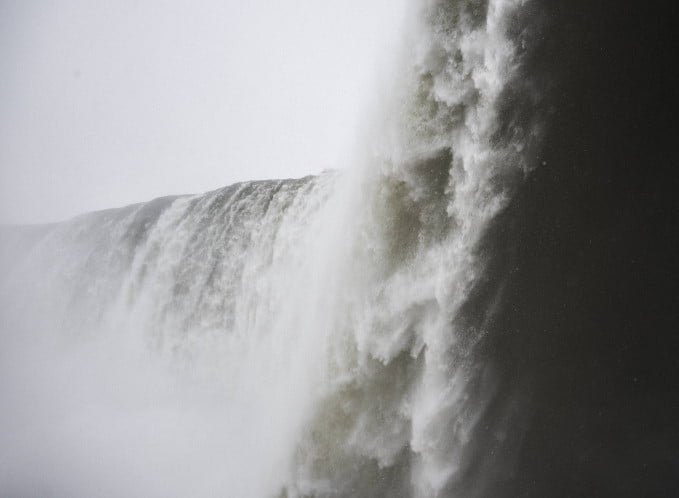…disguised as an archaeological discovery about Chinese pre-history.
You might have seen the reports: someone has found clear evidence of a great flood in China. Here’s a good account of the discovery with a link to the full paper: in a nutshell, there was a great earthquake in about 1920BC which caused a landslide that completely blocked the Yellow River. It took six to nine months for the water pressure finally to breach this dam, and when the water burst through it created cataclysmic flooding downstream, changing the course of the river and creating effects that lasted for years.
The authors of the study note that this doesn’t just show that there was a great flood at about the right time to correspond with the myth of Yu the Great and the founding of the Xia dynasty, but that it was the right kind of flood, one that would take decades to tame, that might well require re-dredging of watercourses rather than just mending breached levees.
(Incidentally, the date is close enough to the one David Pankenier gives, in his wonderful Astrology and Cosmology in Early China, for a sign in the heavens that prefigured the Xia: in February 1953BC, all five visible planets clustered exceptionally closely together on the pre-dawn horizon.)
I find the correlation to the whole Chinese flood myth really startling.
There was a great earthquake that caused landslides…
“Long ago Kung Kung fought with Chuan Hsu to be God. In his fury he knocked against Pu-chou Mountain. The pillar of Heaven broke and the cord of earth snapped. Heaven tilted towards the northwest, and that is why the sun, moon and stars move in that direction. Earth had a gap missing in the southeast, and that is why the rivers overflowed and silt and soil came to rest there.”
(Questions of Heaven, as quoted by Anne Birrell in Chinese Mythology)
(Gong Gong, aka Kung Kung, is the original villain who caused the flood. There’s also a version of the story in which he commanded a monster that devoured mountains and turned all the land to swamps.)
…and one of these landslides created a dam, and there was long-term flooding when the dam was breached.
Gun stole the self-renewing soil from Heaven and tried to block up the floodwaters, but he failed. His son Yu, with his new strategy of not just building dams, but also clearing ways for the water to flow, eventually succeeded.
Well… it’s hardly surprising that the story-tellers were unimpressed by Gun’s strategy of holding the water back behind great dams. In fact, it makes you wonder about the original story. In the version we have, Gun is a Promethean figure, stealing the soil from Heaven to respond to the people’s distress, and punished for his efforts. However, he also has a great deal in common with Gong Gong: both rebels against the ordained order, one instigating the flood, the other making it worse. (Mark Edward Lewis in The Flood Myths of Early China says the two ‘may indeed be derived from a common mythic ancestor’, though in Warring States accounts of the myth Gun’s intentions are clearly good.) So I wonder about the self-renewing soil and the great dam across the Yellow River that held back the floodwaters for a few months.
New story: earthquake, landslide, dam, breached dam, flooding. Original story: broken mountain, flooding, dams, failed dams, flooding. Not, at 4,000 years’ distance, so different.
As for Hexagram 43 – it, along with 44, contains one of Yi’s clearest references to Yu the Great, with his ‘thighs without flesh, moving awkwardly.’ (His decades of hard toil wading through floodwaters took their toll.) We shouldn’t forget that, although we can only recognise these allusions thanks to the later, fuller versions of the myth, the Yi must contain the earliest written references to Yu and his work.
In Hexagram 41, the lake trigram was contained below the mountain. Now it emerges as upper trigram – higher than heaven – and stays in that position right through the decade of the 40s: the lake higher than heaven, above the earth (‘set aside tools and warn against the unexpected’!), drained by the rivers, and transfigured by fire.
And the name of Hexagram 43, Deciding or Breakthrough, 夬, is written with a water radical added – 决 – to mean the breaching of a dike.









